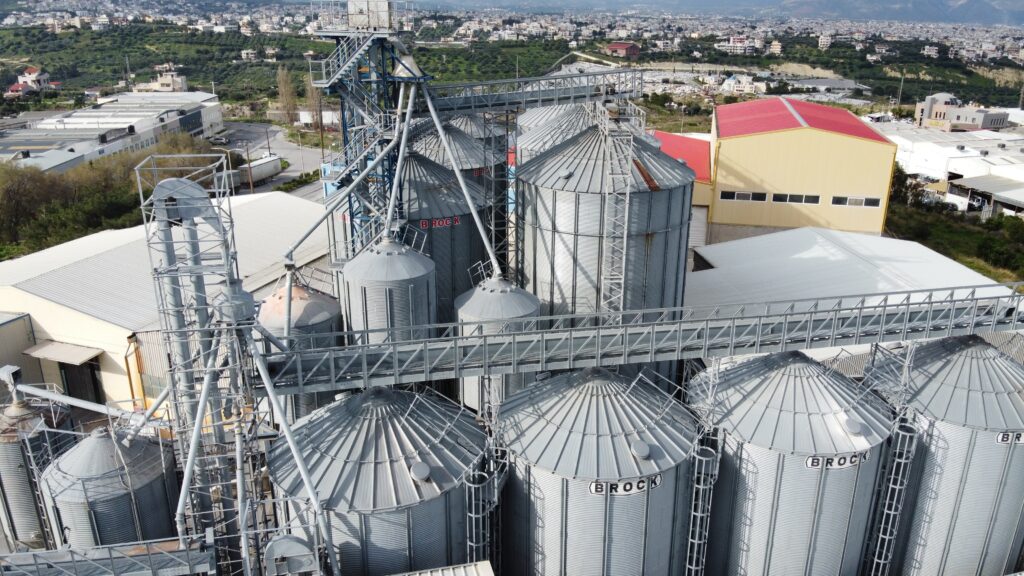EU ANIMAL FEED POLICY CHANGE A STEP TOWARDS A CIRCULAR ECONOMY, SAYS EFPRA
The EU’s decision to relax the ‘feed ban’ is a step towards a circular economy and the Green Deal, according to the European Fat Processors and Renders Association (EFPRA).
The EU policy change means that certain types of protein made from the by-products of slaughtered animals can now be added to compound feed for pigs and chickens.
EFPRA Technical Director Dr Martin Alm told SIAL Newsroom: “The re-approval of Processed Animal Proteins (PAPs) for pig and poultry diets is an important step in developing a bio-circular economy for animal by-products.
“The relevant legislation comes into force in September 2021, but that is really the first stage of this process.
“The next step is for EFPRA members to work closely with other parts of the food supply chain to find beneficial ways to increase use of animal by-products in animal feed.”
PAPs are made from high quality by-products of slaughtered farm animals, meaning the pieces leftover which do not end up on peoples plates.
About 60% of each slaughtered meat producing animal becomes food for human consumption, while the other 40% becomes animal by-products.
In Europe, their production is “strictly controlled” by EU-ABPR regulation, which applies to all member states, according to EFPRA.
Under the regulation, considered to be the safest in the world, PAPs have been banned from farm animal diets for nearly 20-years.
Policy change
But in March this year, the block announced it would reconsider Annex IV of EU regulation No. 999/2001 with a conclusion expected by April at the latest.
Then, on 17 August, the Commission agreed to relax the rules, paving the way for new protein rich animal feeds for animal farmers.

At the time, Commissioner for Health and Food Safety Stella Kyriakides said: “I welcome today’s announcement, another small step in our journey towards more sustainable feed chain.
“This decision, which achieves another milestone in the Farm to Fork strategy’s ambition towards the use of quality and sustainable feed, continues the long legacy of the European Union’s work to uphold the highest standards in animal nutrition.”
The agreed changes will permit the use of poultry PAPs in compound feed for pigs and vice versa, the use of porcine PAPs in chicken feed.
It comes after the EU installed a range of innovations and quality control systems to guarantee the quality and safety of these products.
Alm said: “The feed ban restricting animal protein use came into effect over 20 years ago.
“Since then agricultural practices as well as technology and methodology in the rendering industry has changed but the standard values for animal proteins in feed tables has not.
“EFPRA is currently supporting research to accurately assess the nutritional value and performance characteristics of PAPs in poultry and pig feed.
“Some results from this research are already available on the EFPRA website.”
The move could help create a “circular economy” and contribute to the Union’s so-called Green Deal, which aims to transform how food is produced and for the block to become climate-neutral by 2050, according to the EFPRA.
This is because PAPs have a relatively low carbon footprint, producing less manure because of digestibility and reducing farmers reliance on imported feed, which come with a high carbon price tag.
Instead of going to waste, animal by-products like chicken feathers can be turned into a range of products, including bio-plastics, fertiliser and of course PAPs.
Alm said: “The EFPRA members facilitate the creation of a circular economy in food and chemical supply chain by safely managing by-products and providing a range of raw materials including protein.
“But we are always keen to stress that protein is one of several materials produced by the rendering industry which have a variety of uses. Rendered fat is also an important feed ingredient.
“There are also a number of specialist products from carefully segregated by-products.
“These include pharmaceutical ingredients like Heparin, a blood thinner, and bone, skin and joint health supplements like Chondroitin Sulphate, Glucosamine, Hyaluronic Acid and Collagen Peptides.”
Join us at SIAL Paris as exhibitor Join us at SIAL Paris as visitor
